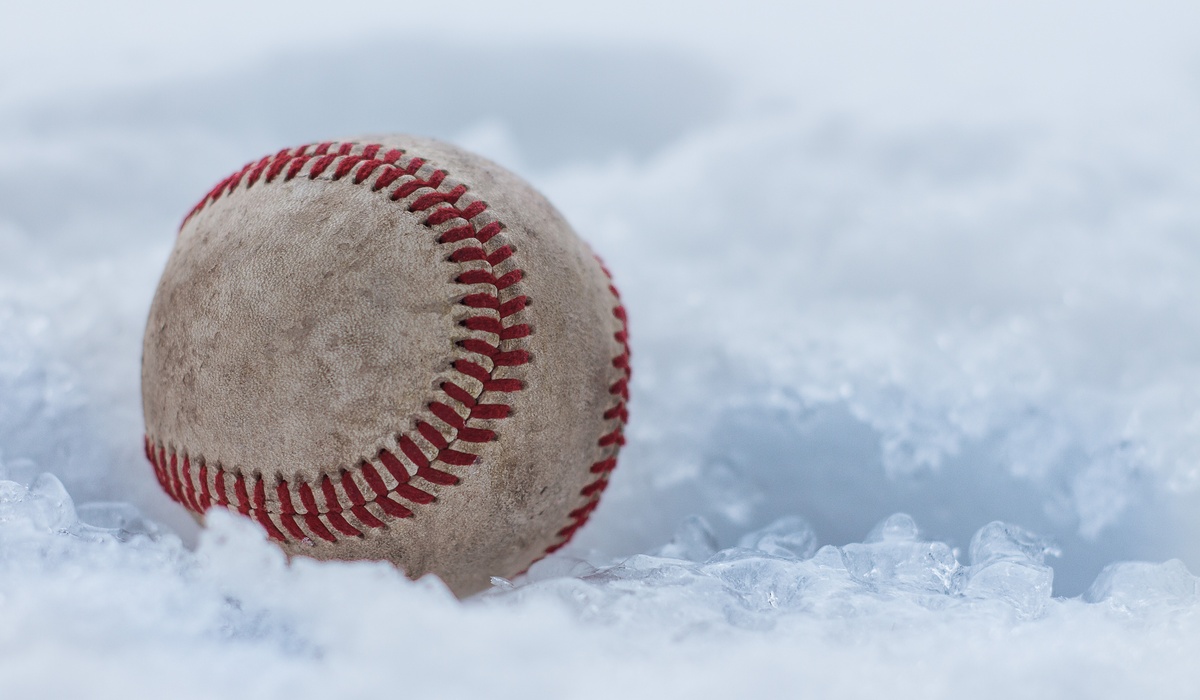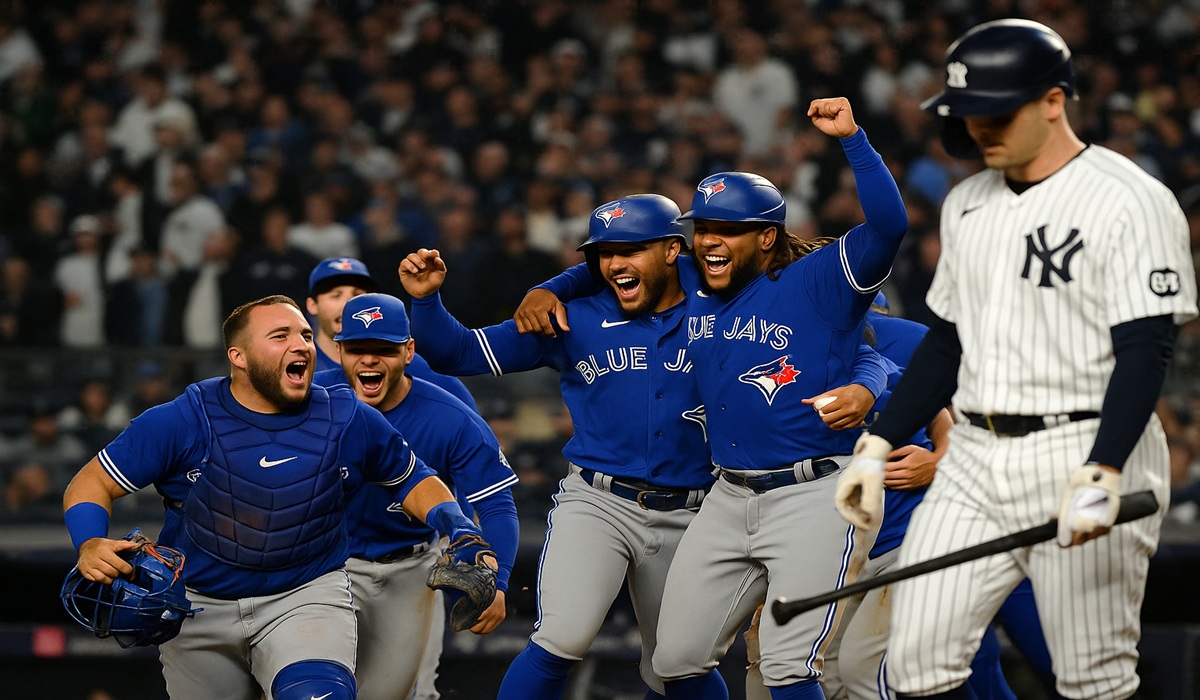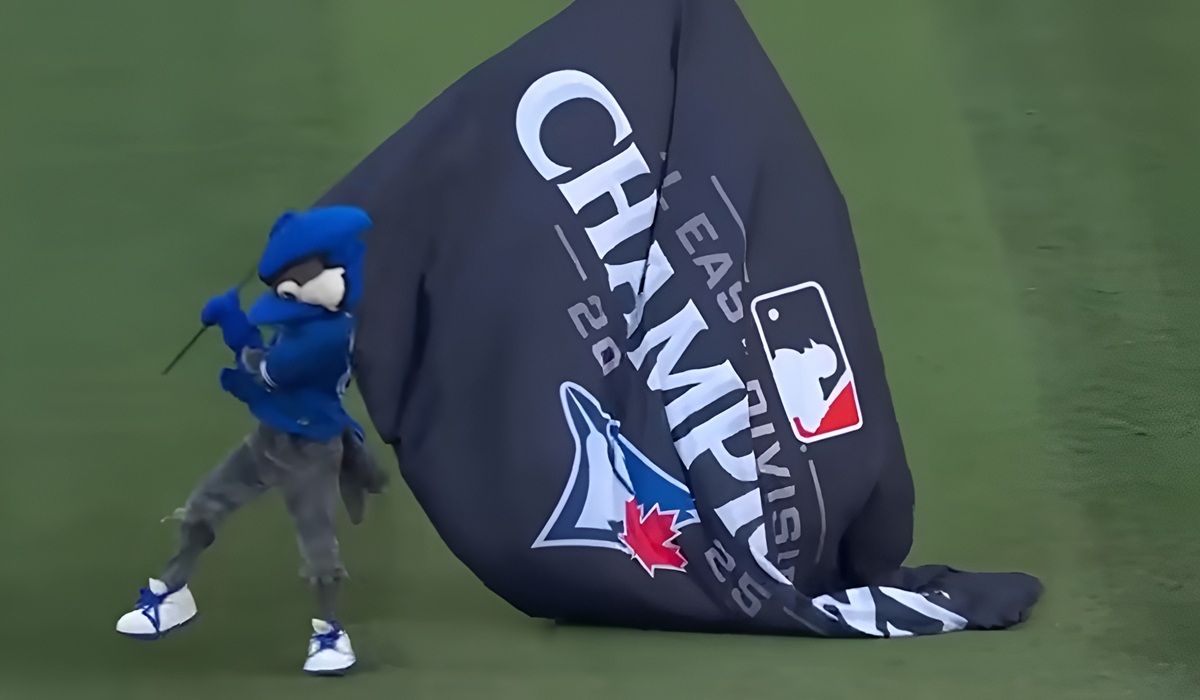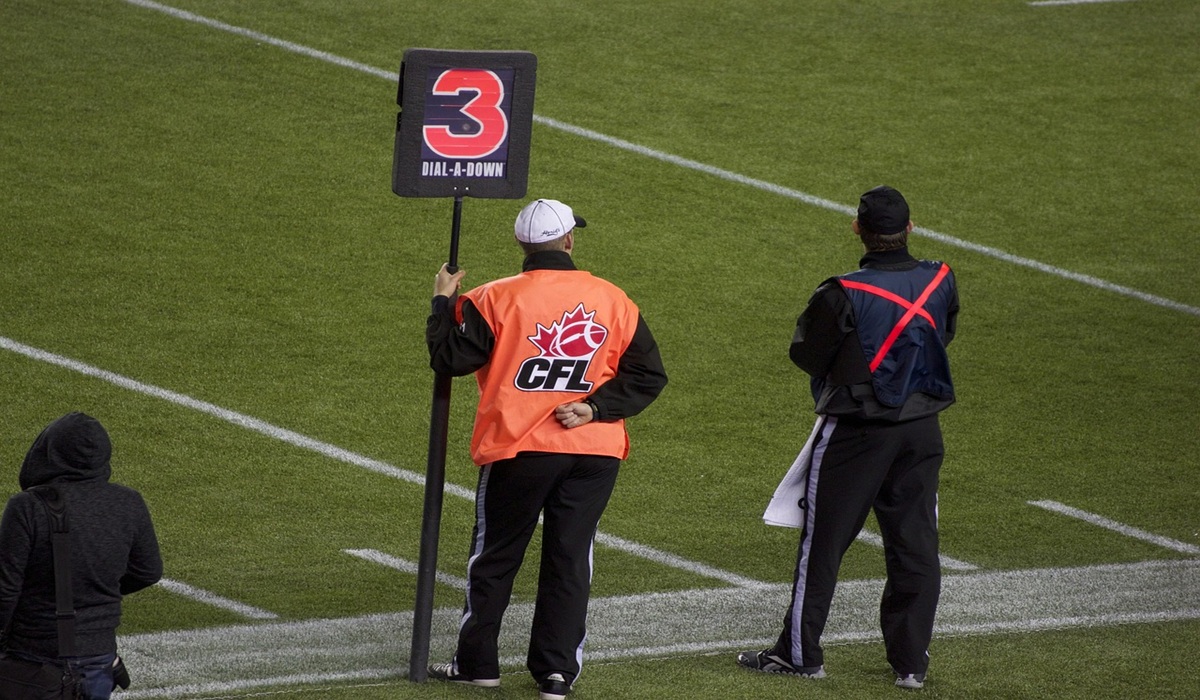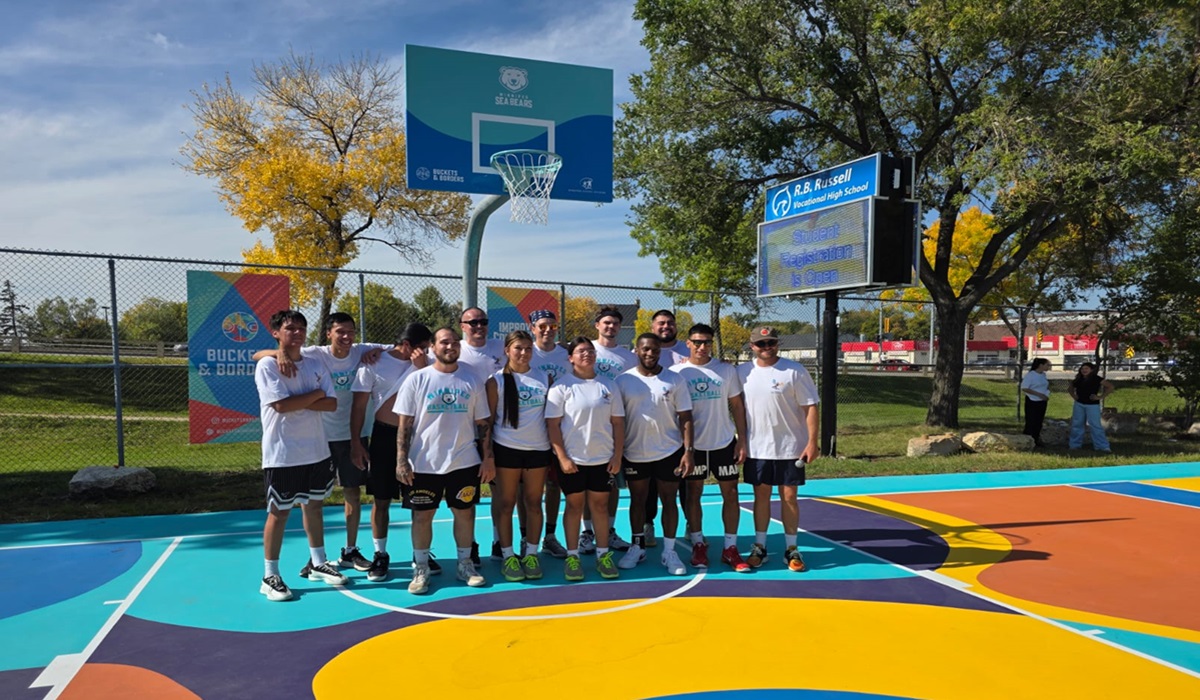Baseball may be a game of skill, strategy, and precision, but it’s also greatly influenced by external factors, including the weather. Among these, cold weather can have a significant impact on the performance of batters. For players wondering why hitting feels different when the temperature drops, we’re taking an inside look at how cold weather affects batting in baseball. Batter up!
Cold weather directly affects the air density, which plays a big role in how a baseball travels. When temperatures drop, the air becomes denser because the gas molecules in cooler air are packed closer together. This increase in air density creates additional drag on the baseball as it moves through the air.
For a batter, this means that even when you make solid contact, the ball must overcome greater resistance to get anywhere. A well-hit ball that might soar over the fences in warmer conditions may instead fall short of the warning track in colder weather. This added drag reduces the ball’s carry, demanding greater power from hitters to achieve comparable distances.
Baseballs themselves are not immune to the effects of cold weather. Lower temperatures cause baseballs to harden and lose elasticity, altering how they perform upon contact with a bat. A colder baseball absorbs less energy during a bat-ball collision, which translates to less pop or rebound in the hit.
This change becomes particularly challenging for batters looking to achieve maximum exit velocity. The harder, less responsive ball means that even solid contact might result in a hit that feels subdued. Players often notice a stiffer feel when striking a cold baseball, which can throw off their timing and reduce overall performance.
Cold weather directly influences a batter’s grip and swing by numbing the hands and reducing dexterity. When temperatures are low, blood flow to extremities like fingers is reduced, leaving players with hands that feel stiff and uncoordinated. Without proper sensation, it becomes more difficult to grip the bat firmly.
This issue directly affects swing mechanics. A weakened grip can lead to reduced bat speed and less precise contact with the ball. Many players combat these effects by wearing batting gloves, applying pine tar to the bat for added grip, or using hand-warmers in the dugout to maintain circulation.
One lesser-discussed factor is the intersection between cold weather and the use of shaved bats. Shaved bats, which are illegally modified to reduce the weight of the inner walls, collude disastrously with colder temperatures. The already thinner walls of the bat maximize the hard collision with the baseball, which is made even stiffer by the cold. This creates a dangerous situation where the ball may come off the bat at higher speeds and compromise the safety of players and spectators.
Understanding how cold weather impacts the physics of the game and an individual’s swing gives batters a competitive edge. By preparing adequately and sharpening their focus, they overcome the inevitable challenges posed by cold weather.

